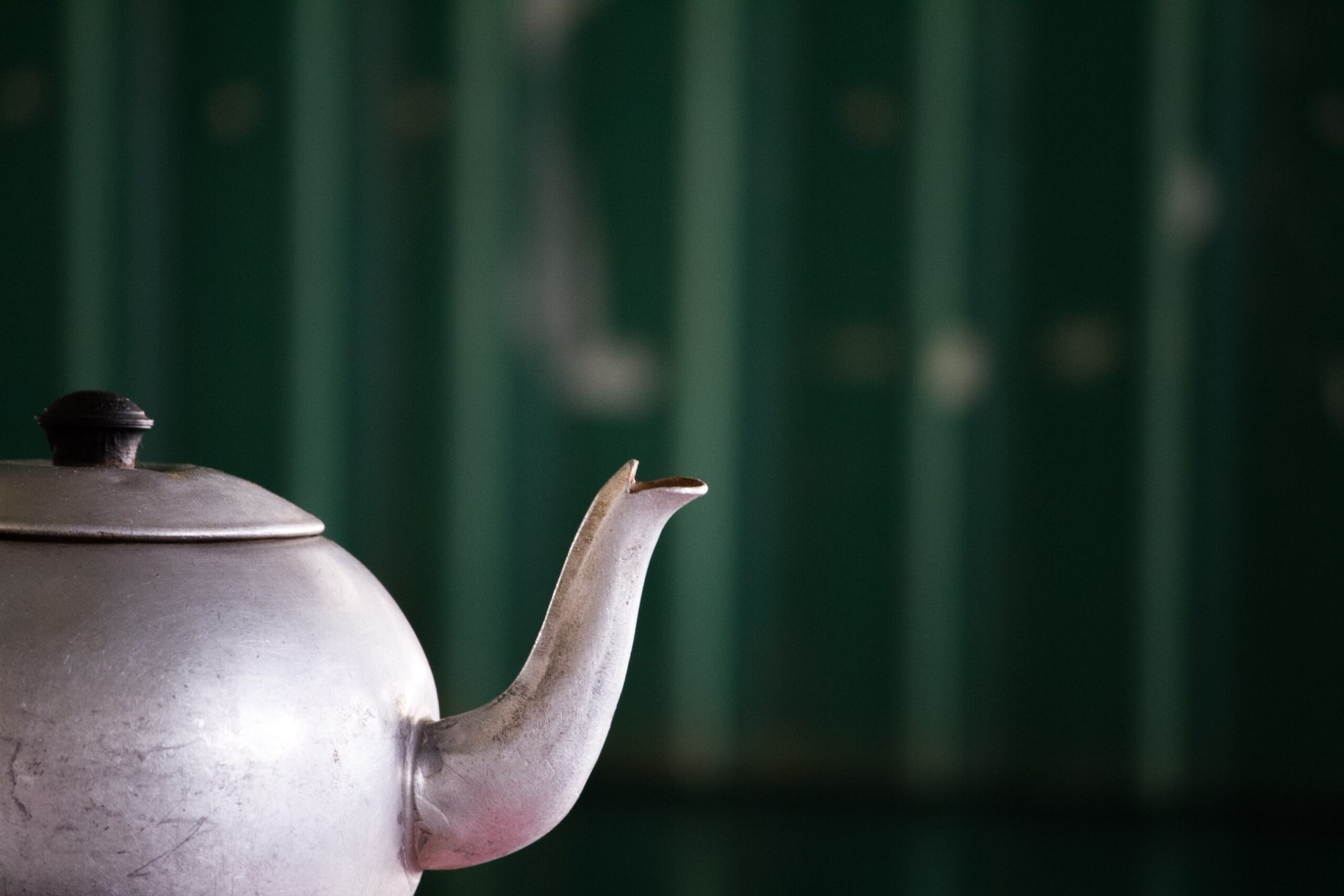Tag: covid19
-

MU calls for support for freelance musicians Omicron variant
Photo by Andrea De Santis on UPhoto by Denise Jans on Unsplash You know you’re in the zone when you get a press release from both the DCMS Committee and the Musicians Union during your last-chance pre-lockdown Christmas shopping trip. So it was this afternoon. As far as I can see both the committee AND…
-

Is it ‘selfish’ to be unmasked at a classical concert?
Don’t point the finger, don’t set up expectations, and avoid establishing a clique.
-

Two o’clock diary
I estimate I must have been snoring at 1.55am. I was awake at 2.00am. I’m now sat downstairs in the kitchen looking hopefully at a small mug of camomile tea in the hope that the contents combined with the process of writing will clear my head and ready myself (for the second time tonight) for…
-
Arts Council England announces Round 2 (over £1m) recipients of Culture Recovery Fund
Arts Council England and DCMS have today announced the latest tranche of grants given to arts and culture organisations across the country. The organisations who have received over £1 million in the second round are: Sheffield City Trust £2,243,000 The Lowry Centre Trust £3,000,000 North York Moors Historical Railway Trust £1,904,902 Academy Music Group Ltd…
-
Live music, pilot events and hopes dashed
I’ve had an inkling of what it’s like to be a political journalist this week. Or at least what i think it might be like, starting the week thinking the angle on live performance was documenting the first tentative post-COVID steps and the hope that emanates from attending DCMS ‘pilot events’ at St John’s Smith…
-

Having valuable conversations in a remote-working world
How video calls are supporting me, how best to manage them and how to get the best out of them.

